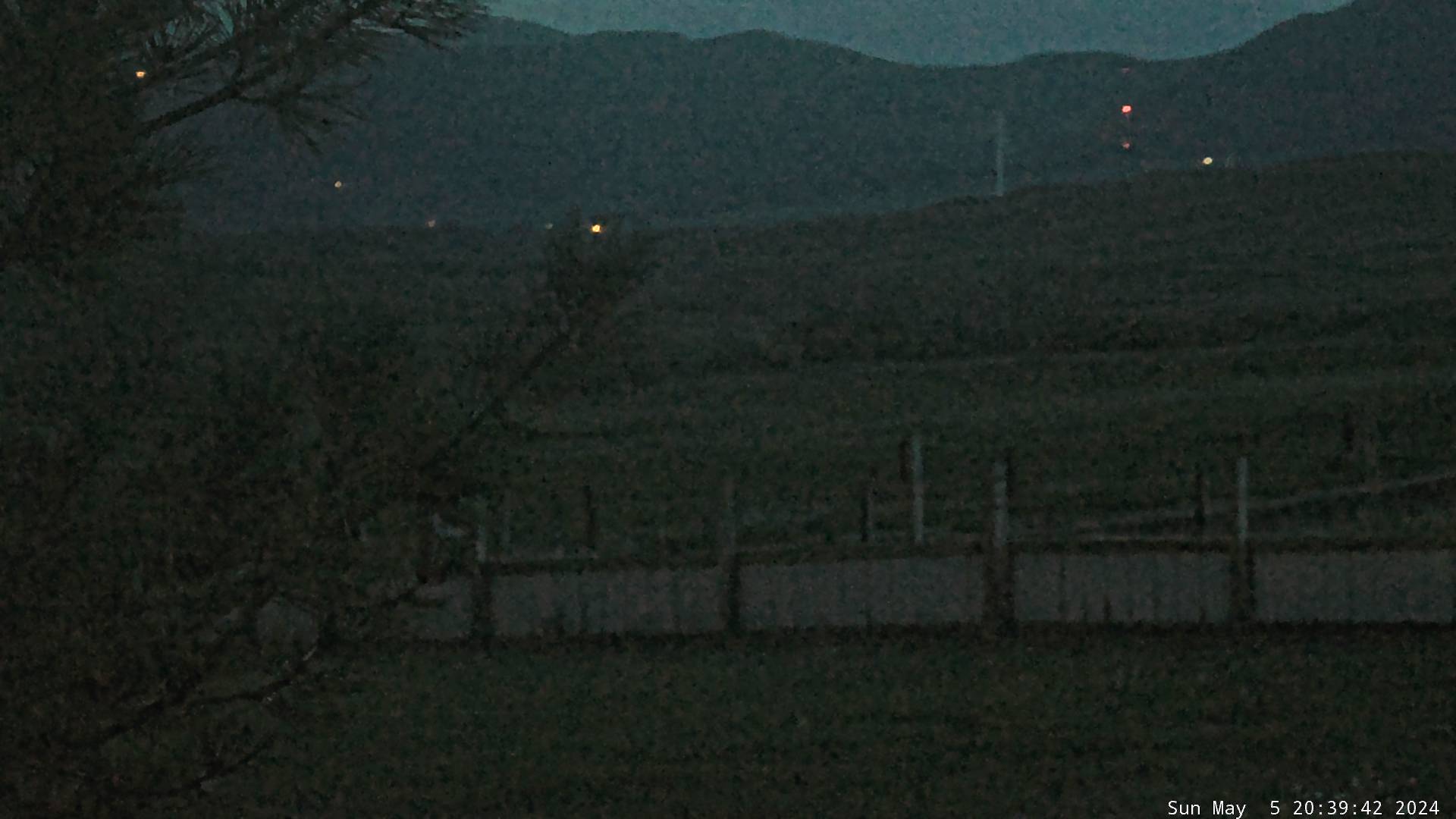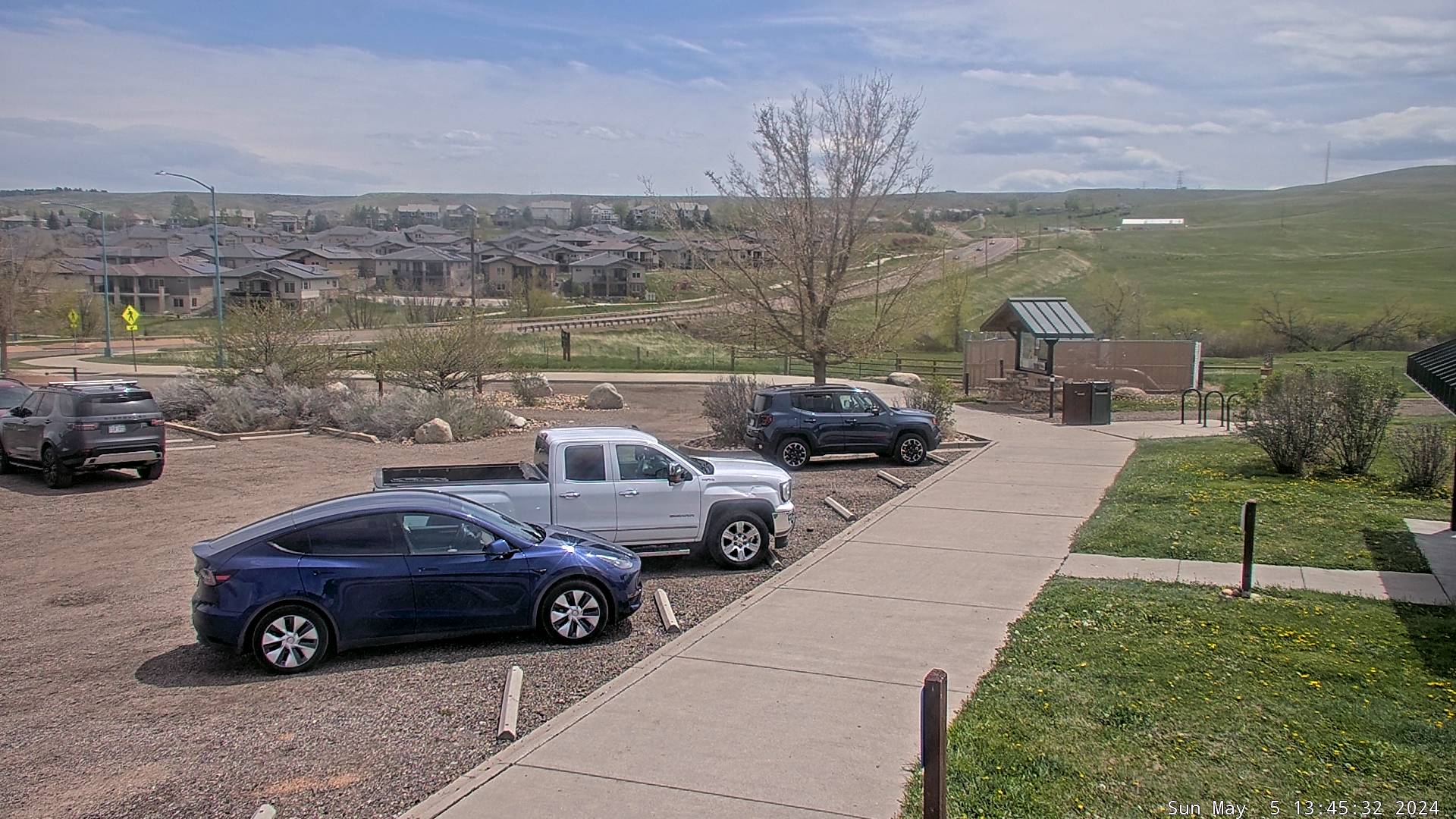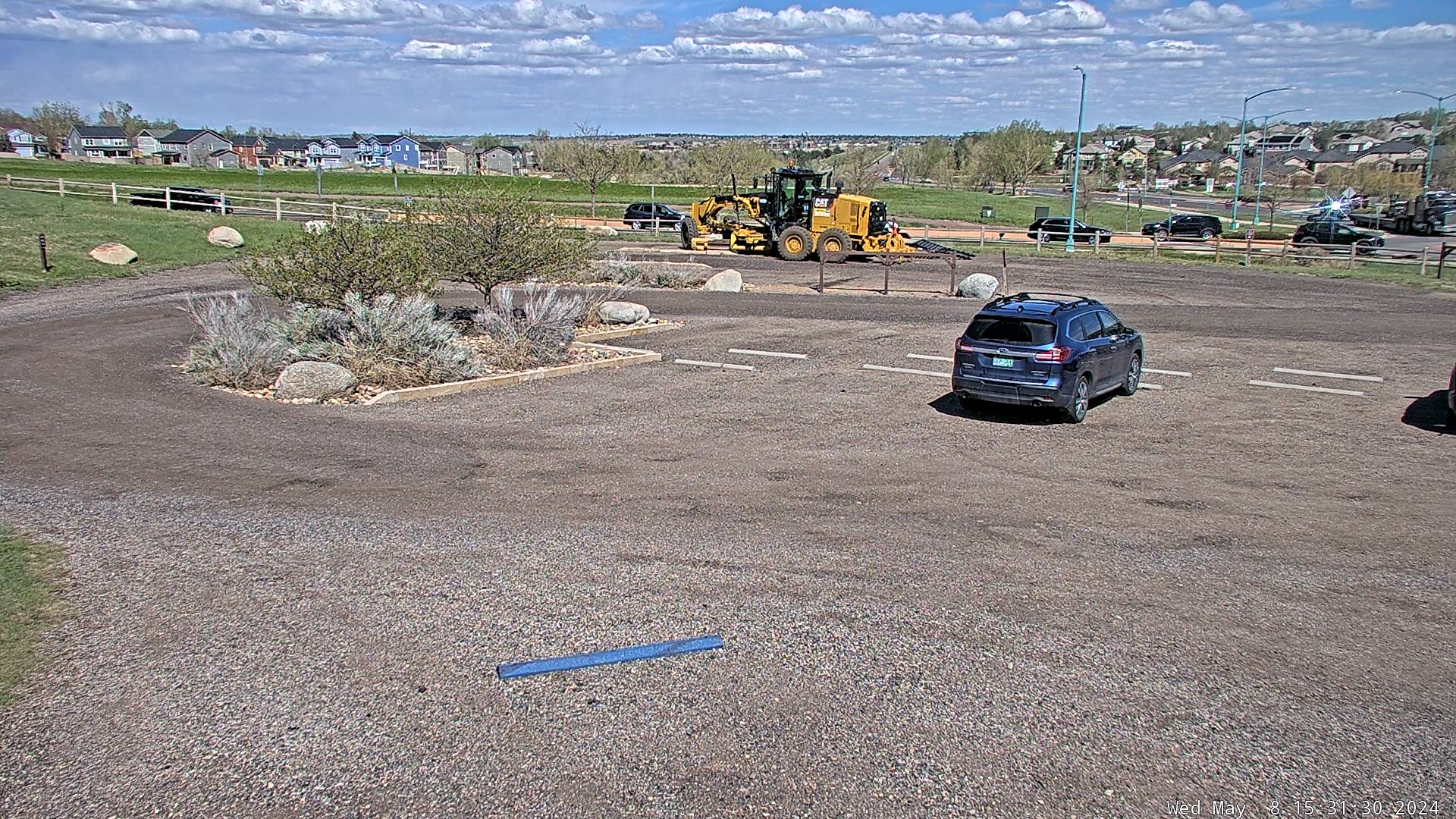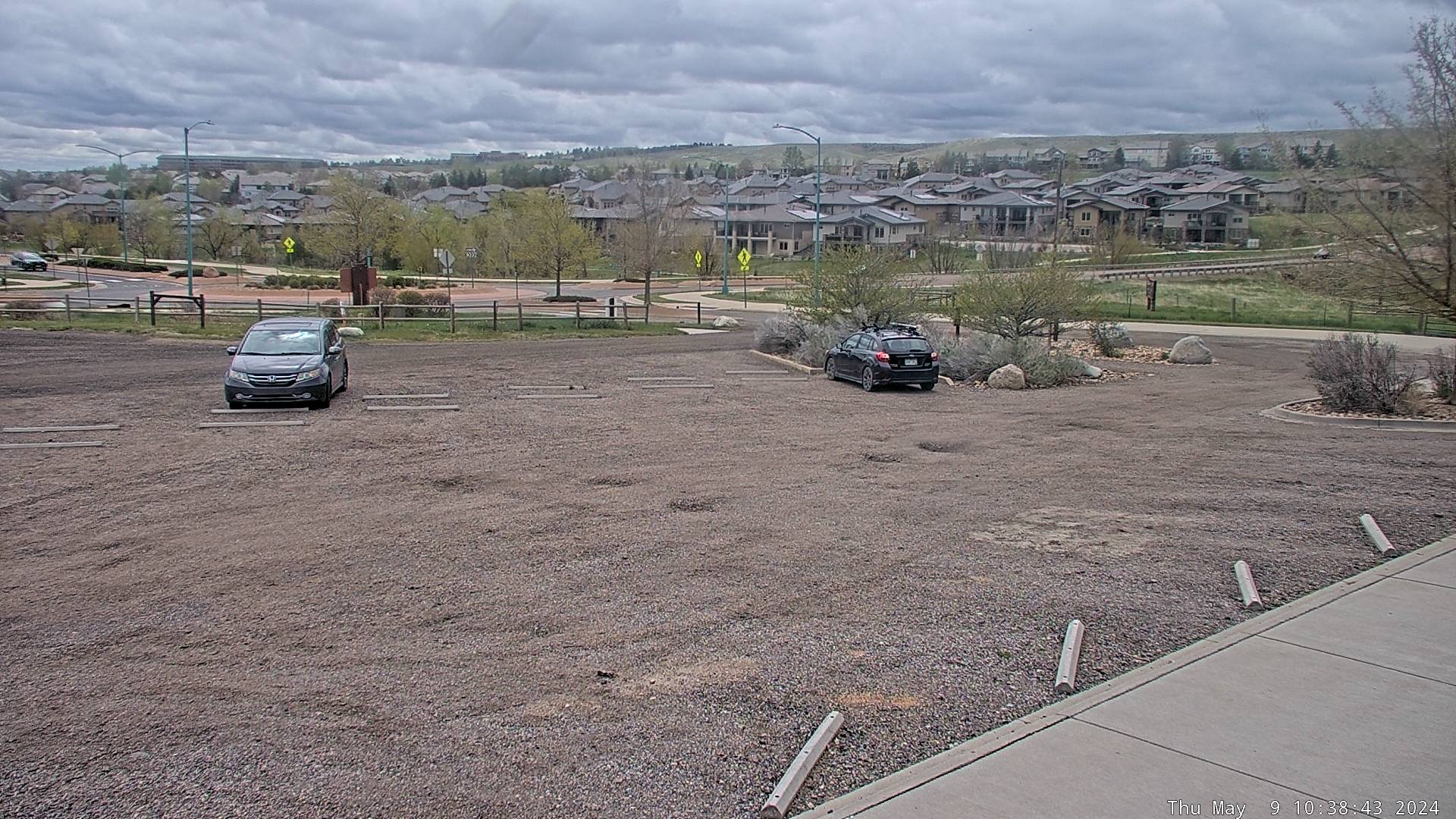Superior, Colorado Weather Cams (via BoulderFlatironcam.com)

Coalton Trailhead (Looking West)

Coalton Trailhead (Additional Views South, East)



Superior, Colorado: From Coal Dust to Community — A History of a Resilient Town on the Front Range
Superior, Colorado Weather Cams. Nestled between Boulder and Denver along Colorado’s bustling Front Range, the town of Superior has undergone a remarkable transformation—from a rugged coal mining outpost to a thriving suburban community. Its story is one of discovery, industry, resilience, and reinvention, shaped by the land, its people, and the ever-evolving currents of Colorado history.
Indigenous Roots and Early Settlement
Long before the arrival of settlers, the area that would become Superior was home to the Southern Arapaho and Ute peoples. These Indigenous communities hunted along the creeks and grasslands, following seasonal patterns and relying on the region’s natural resources. The Treaty of Fort Wise in 1861 forcibly removed the Southern Arapaho from the area, opening the land to white settlement as part of the newly formed Colorado Territory.
In 1860, William Charles Hake and his wife Emeline arrived from Platteville, Wisconsin, as part of the Colorado Gold Rush. They settled along Coal Creek, unaware that their homestead would soon become the epicenter of a new kind of boom: coal.
The Coal Boom and the Birth of Superior
In 1864, a flood exposed a seam of coal on the Hake property. By 1870, Hake had formalized his land claim under the Homestead Act, and in 1892, he contracted with James Hood to build the Industrial Mine just south of Coal Creek. The mine was fully operational by 1895, and the town of Superior was officially founded in 1896, named for the “superior” quality of its sub-bituminous coal.
Superior quickly became part of the Northern Coal Field, a 20-mile-wide belt of coal stretching from Boulder to Weld County. The Industrial Mine was sold to the Northern Coal and Coke Company in 1900, and later acquired by the Rocky Mountain Fuel Company, which operated it until its closure in 1945.
At its peak, the Industrial Mine employed hundreds of miners and supported a bustling company town. The mine camp included small frame houses, a boardinghouse, a bathhouse, and even a social hall known as “the casino”. Mining was often seasonal, with many miners also farming small plots of land during the summer months.
Labor, Community, and Decline
Superior’s coal miners were part of a broader labor movement that swept through Colorado in the early 20th century. In 1908, the Rocky Mountain Fuel Company was one of six major operators to sign a union agreement with the United Mine Workers District 15. The area’s agrarian base gave miners a degree of independence that helped fuel successful organizing efforts.
Despite the prosperity brought by coal, the industry was fraught with danger and instability. Strikes, accidents, and economic downturns took their toll. When the Industrial Mine closed in 1945, Superior’s population plummeted. The town entered a quiet period, sustained by ranching and farming, with fewer than 300 residents for the next five decades.
A Suburban Renaissance
The 1990s marked a dramatic turning point. As the Denver-Boulder corridor expanded, Superior found itself in the path of suburban growth. The development of Rock Creek Ranch and other subdivisions transformed the town almost overnight. By 2000, the population had surged to over 9,000, and Superior was no longer a sleepy coal town—it was a vibrant, family-oriented suburb.
New infrastructure followed: schools, parks, shopping centers, and trails. The Downtown Superior mixed-use development brought restaurants, offices, and residences to the town’s core, while preserving open space and walkability.
Preserving the Past: Historic Sites and Memory
Despite its rapid growth, Superior has worked to preserve its heritage. The Superior Historical Commission, established in 1999, has helped protect key sites and educate the public about the town’s coal mining legacy.
-
Grasso Park: Located in Original Town, this historic campus includes the 1895 Hake Homestead House, a barn, root cellar, and the 1904 Grasso Bungalow. It illustrates the life of early farming families and coal miners.
-
Superior Cemetery: Established in 1873, this hilltop burial ground contains the graves of early settlers, Civil War veterans, and children lost to disease. Restoration efforts in the 2000s helped preserve its legacy.
-
Industrial Mine Site: Though the structures are gone, the site remains a focal point for historical interpretation and community memory.
The Marshall Fire and a Community Reborn
On December 30, 2021, tragedy struck when the Marshall Fire swept through Boulder County, fueled by hurricane-force winds and extreme drought. Superior lost nearly 400 structures, including homes in the Sagamore and Original Town neighborhoods. The fire was the most destructive in Colorado history in terms of structures lost.
In the aftermath, residents rallied to rebuild. The town launched recovery efforts, updated building codes for fire resilience, and renewed its commitment to community identity. The fire also deepened appreciation for Superior’s history, as residents sought to preserve what remained and honor what was lost.
The Surrounding Area: A Tapestry of History and Nature
Superior’s location places it at the heart of Colorado’s Front Range urban corridor. To the west lie the foothills and open spaces of Boulder County, including Marshall Mesa and the Flatirons. To the east, the prairie stretches toward Broomfield and Westminster.
Nearby communities like Louisville and Lafayette share Superior’s coal mining roots, and together they form a cultural and historical patchwork shaped by labor, migration, and environmental change. Trails, bike paths, and open space link these towns, offering residents a blend of urban convenience and natural beauty.
Conclusion: A Town of Transformation
Superior’s journey—from Indigenous lands to coal town, from rural outpost to suburban hub—is a story of resilience and reinvention. Its name, once a nod to the quality of its coal, now reflects the strength of its community. As Superior continues to grow and evolve, it carries with it the memory of its past and the promise of a vibrant future.
For more information, visit the Superior, Colorado official website.
